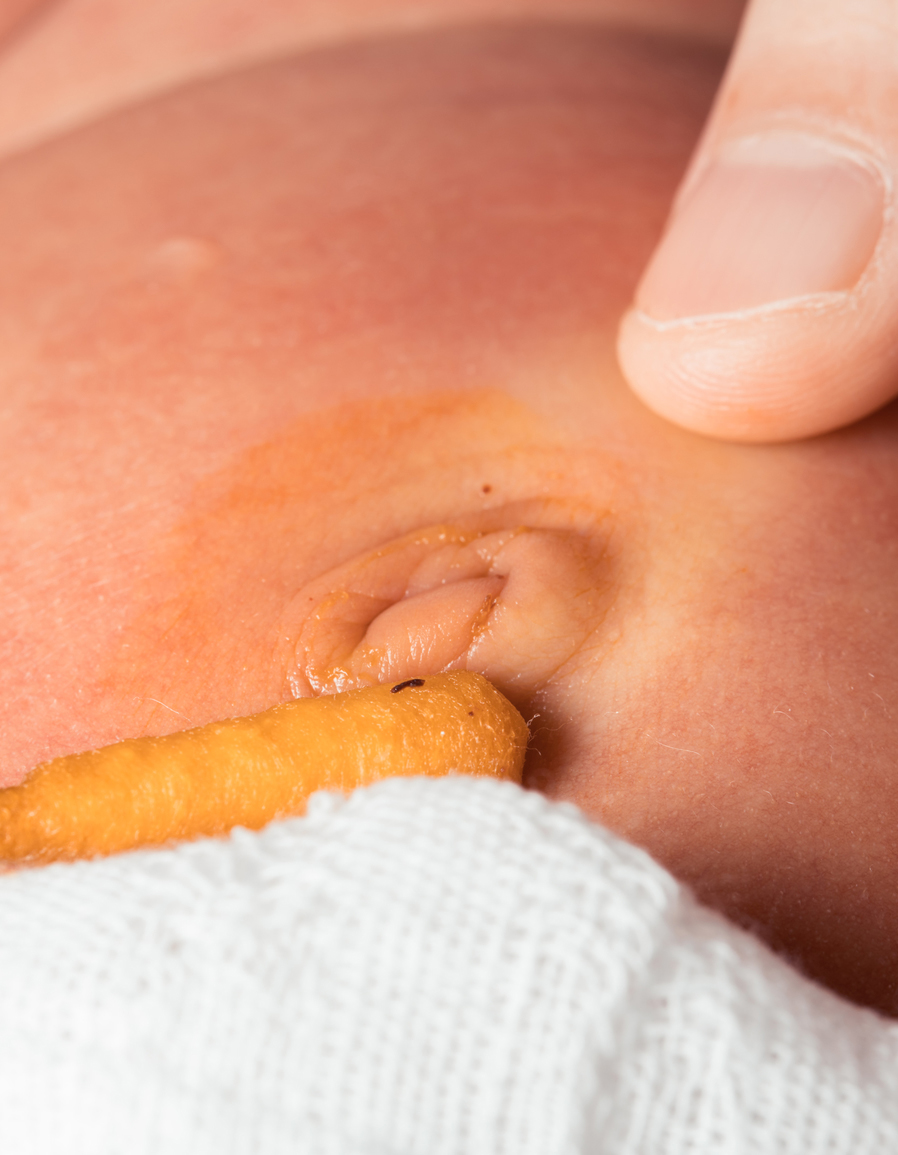In cased you missed it, multiple states are reporting new cases of parechoviruses – a group of viruses that commonly infect infants and children. Babies under 3 months old — and especially those under 1 month — are more likely to experience severe illness, a recent CDC alert warns. They have not developed immunity to the virus, which can spread through contaminated surfaces or through the air.
The most recent case of parechovirus belongs to a subtype called A3, which is associated with more severe disease in newborns and infants, including neurological issues such as seizures or meningitis.
The CDC’s health alert also notifies doctors, nurses and public health departments to the fact that the virus has been circulating nationally since May and has sickened dozens of babies. The CDC is urging clinicians to consider it as a possible diagnosis for any babies with unexplained fever, seizures or sepsis-like symptoms.
According to the CDC, increased testing in recent years could give the appearance of an uptick in cases. But the Covid pandemic may also have temporarily halted exposure to parechoviruses, which likely started circulating again once restrictions peeled back, disease experts said.
“We noticed a few months ago reports starting to pop up throughout the country and now it appears that there’s widespread circulation of parechoviruses throughout the country,” Dr. Kevin Messacar, a pediatric infectious disease physician and researcher at Children’s Hospital Colorado and University of Colorado told NBC News.
“It’s not only that we are seeing the rare, severe cases that we have seen in the past,” he added. “We’re also seeing more parechovirus activity in general and earlier in the season than we typically would see.”
The CDC said people who have a parechovirus can transmit the virus through feces or respiratory droplets, even if they don’t have symptoms.
People can shed the virus from the upper respiratory tract for 1 to 3 weeks after infection, and from the gastrointestinal tract for up to 6 months after infection, the agency said.
Some research has found that PeV-A tends to circulate in the summer and fall, the CDC said. However, as with other viruses, the COVID-19 pandemic has disrupted the traditional seasonal patterns.
“Coming out of COVID, all the seasonalities [of these viruses] are upside down,” said Laham. “It might take one or two years before everything goes back to where it was before.”
Parechovirus symptoms can often include a rash on the hands and feet. Other symptoms are very similar to what one would experience with a common cold as well as fever, nausea, vomiting or diarrhea.
If you think your infant might be experiencing any symptoms of parechovirus, call your healthcare provider ASAP.




